Hauliers: One of the key parts to your supply chain
Road haulage
Big trucks, big roads, big movements
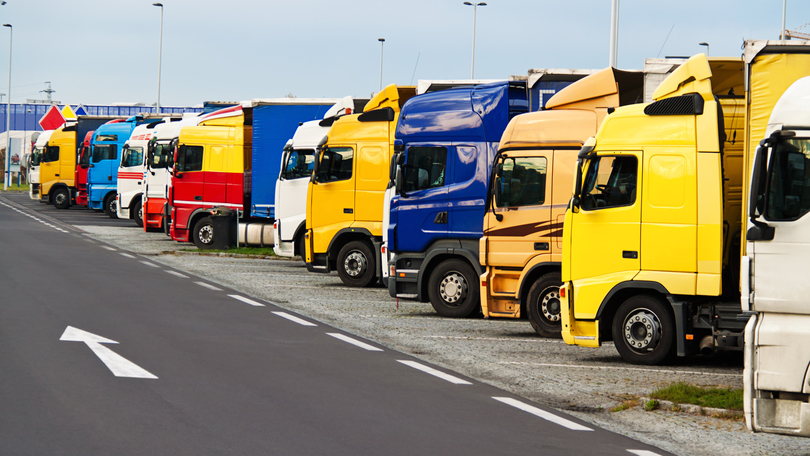
If you have ever been on a British road (which, of course we all have!) then you will have seen many an HGV (Heavy Goods Vehicle) hauling goods the length and breadth of the country! Moving everything from bananas, to chocolate, shoes to garden furniture – if you buy it in a shop, then it will have most likely been transported in one of these vehicles. Simply put, the nations supply chains could not operate without this key component. In this section of the Knowledge Centre, we will cover the key aspects of road haulage, discussing the key considerations and crucial elements in order to get the best for your transport requirements. Once you have reviewed our article, please head to the Logisto Directory pages to find suppliers to help with your requirements.
Now, let’s consider all things road haulage.
Firstly, what is haulage and what are the different types?
The etymology of the word ‘haulage’ comes from the 16th century English word ‘hall’ which meant to pull forcibly with the first use of haulage itself showing in the 19th century. Haulage still characterises these early meanings but now usually refers to the pulling or hauling of goods by large, powerful vehicles.
Haulage companies transport over 98% of all goods in the UK and employs over 2.5m people, accounting for nearly a fifth of all jobs. But there is more than one ‘haulage’, in fact there are numerous:
General haulage: used by the majority of industries, it covers the movement off goods from retail to agriculture. Support is provided in the form of one vehicle of a fleet. A standard trailer will be able to hold 26 pallets
Heavy haulage: used to transport heavier items, usually linked to weight restrictions. They will often have speed restrictions (you will see them on the inside lane of the motorway!)
Hazardous haulage: used to move hazardous cargo such as chemicals, gases and fertilizer. These vehicles are modified and haulage companies require specialised licences to operate these vehicles
Plant haulage (or heavy haulage): refers to the transport of machinery, equipment or apparatus that's used for industrial activity or projects
Abnormal load (oversize load): refers to the transport of machinery, equipment or apparatus that's used for industrial activity or projects. This is defined as a load that is either longer than 18.65m, weighs more than 44,000KG or has a width of 2.9m
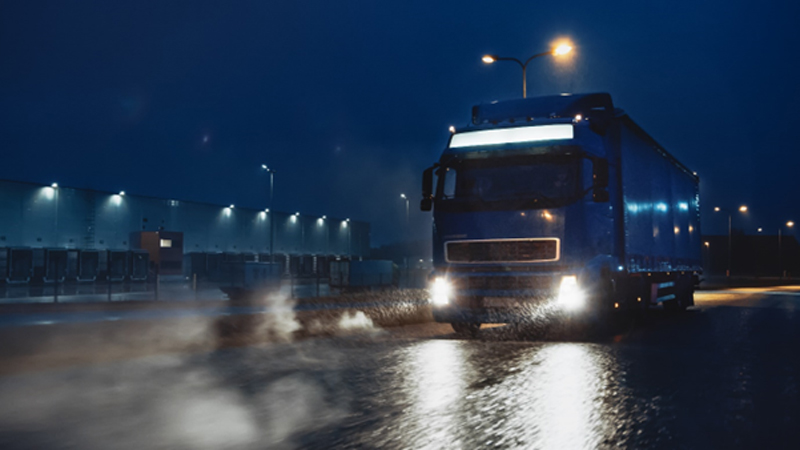
What type of vehicles transport what?
Now that we have discussed at a high level what types of haulage there are, let us dive into what type of vehicles support what haulage (and therefore your requirements):

When it comes to road haulage, it’s essential that you find a ruck or trailer that is suitable for your requirements. With many available, it is not always clear, but it is important to have an idea before you start engaging with hauliers.
Below, we have create a handy guide to the haulage vehicles that handle the majority of goods in the UK, including details on the vehicles and what would be deemed a suitable cargo.
Different vehicle types:
Articulated lorries (Artics)
Mostly used to deliver dry and consumer goods, from clothing to biscuits. The most commonly used lorries in the UK, they have a maximum length of 16.5m and a maximum weight (fully loaded) of 44 tonnes.
Rigid lorries
A smaller version of the articulated lorry, these drive more similarly to a car and carry a maximum payload of 26 tonnes. They are rear access only, which makes them suitable for commercial deliveries.
Flatbed lorries
Primarily used in the construction industry, flatbed lorries are designed to protect and transport large, heavy items. Flatbed lorries are limited to 40 tonnes and are to be no longer than 12m.
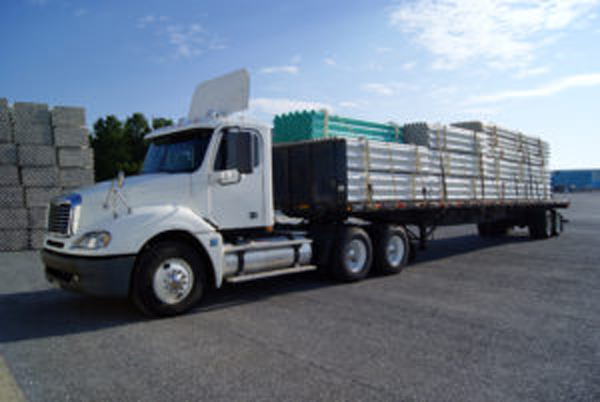
Refrigerated trucks
Crucial to the safe transportation of the nation’s food and drink, refrigerated trucks will either keeps their product chilled or frozen. We have a dedicated section within the Knowledge Centre on this, please click here. These vehicles have a maximum weight of 44 tonnes and can be up to 2.6m wide (slightly wider to allow for insulation!).
Tankers
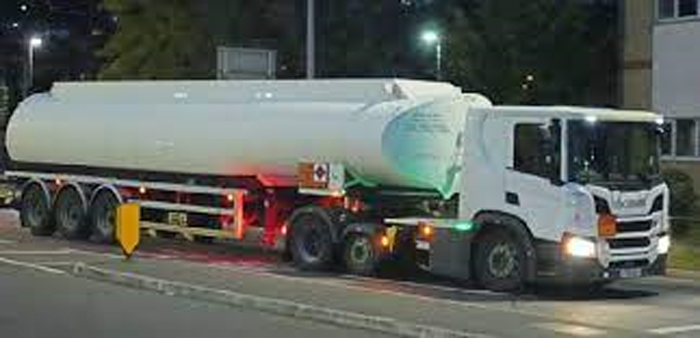
Tankers, most widely spotted on the roads hauling petrol to the forecourts, these tankers are similar to standard to the other vehicles in that their maximum weight is 44 tonnes and they must be clearly labelled if the contents are toxic or flammable (driver must hold a special licence). They also haul food products such as sugar….in this instance, no special labelling is required!
But it doesn’t end there….you also have to consider the type of trailer that is to be hauled:
Box trailers
Box trailers are solid trailers with rigid walls that are secure. They have back-door loading which makes it easy to load and unload cargo. Most box trailers can store 26 pallets (with potential to double stack) and they are usually a length of 13.6m, width of 2.45m and a maximum load of 22 tonnes.
Curtain trailers
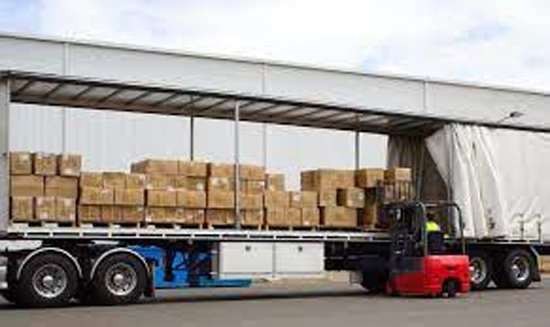
Curtain trailers are similar to box trailers but instead of back-door loading, cargo is moved on and off from the side of the trailer. The sides are movable curtains, which means they are less secure than box trailers. With a length of 13.6m, width of 2.5m and a load capacity of 32.8 tonnes they can support the transportation of many types of goods.
Low loaders
Set to the ground to allow for easy loading and unloading of cargo, these are designed specifically for transporting heavy goods such as industrial machinery. The goods are left open to the elements and so need to be protected. They can come in a variety of sizes and weight capacities, so can support most heavy goods.
Tilt trailers
An excellent choice for transporting hazardous cargo, tilt trailers make it easy to tie down cargo. Able to carry a payload of 32.3 tonnes, up to 13.6m in length and they are a standard width of 2.5m.
Hopefully that provides some clarity on the types of trucks and trailers and can help guide your conversations with potential hauliers. However…
Other considerations for haulage
As always, there are a few elements for further thought when discussing your requirements with a potential haulier. A few of these to have on your mind are:
What is included? Is it an all-inclusive rate from origin to destination? In some instances, fuel can be charged separately
Capacity: If you require a one-off movement then this less of an issue. However, if you need regular support and your volume is substantial, can they guarantee they have the vehicles and drivers to ensure your requirements are met each week?
Performance: Haulage is at the behest of traffic, but how is their delivery performance vs. expected delivery times? Do they have Service Level Agreements in place around timings (and other things)? Will they offer service credits (part refund) for poor performance?
Insurance: Is their insurance cover suitable for your goods or do you need to take out separate cover?
Experience: How are they viewed in the market? Do they have a good reputation?
Price: Lastly and importantly, price. Bearing in mind the above, are the haulier cost competitive? We always recommend getting quotes from at least 3 of the suppliers in the LOGISTO Directory.
That wraps up our article on road haulage. As always, if you have any questions then please ask them in the Forum or contact the LOGISTO Team, who will always be happy to help. The LOGISTO Directory has all the suppliers details you need for your requirements (we are confident), detailing those that operate general haulage as well as more specialist operations. Please feel free to reach out to them with details of your questions and the support you need for business.
Thank you
LOGISTO Team